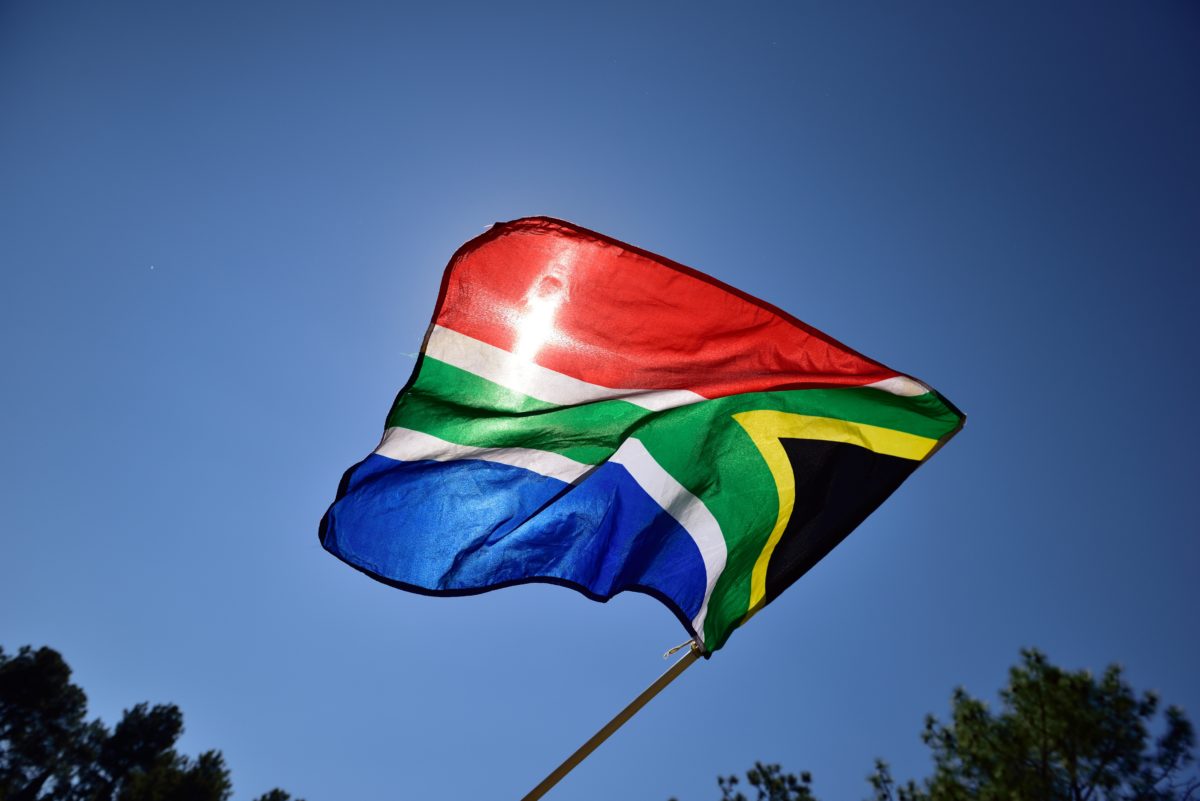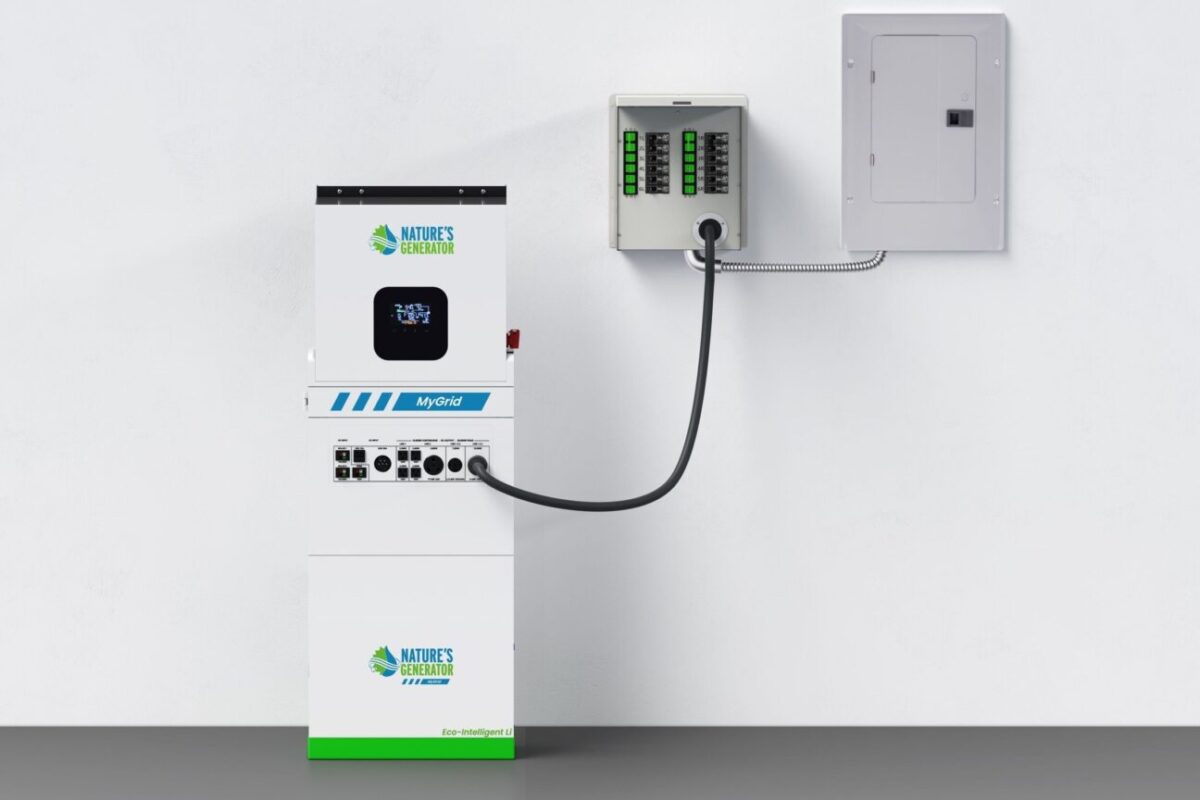The National Energy Regulator of South Africa (NERSA) said this week that it has started soliciting feedback on a mid-December proposal by the Department of Mineral Resources and Energy (DMRE) to procure between 2 GW and 3 GW of power generation capacity for the 2020-22 period.
Invitation to comment on the concurrence with the Ministerial Determination on the procurement of 2 000MW generation capacity from a range of energy technologies. pic.twitter.com/3fgey3XKK4
— NERSA_ZA (@NERSA_ZA) March 19, 2020
The DMRE had specified in December that the procured capacity should be connected to the grid in the shortest amount of time at the lowest possible cost. “The department would welcome responses from existing projects, projects that are currently under development, and new projects from all technologies which could be considered for procurement,” it said at the time.
Although the 2 GW short-term risk mitigation capacity procurement is technology-neutral, it may be favorable to solar PV in particular, as it can be deployed within months to help address the supply gap, said Chris Ahlfeldt, an energy specialist at Blue Horizon Energy Consulting Services. However, he also told pv magazine that actual ministerial determinations will be issued soon, which should provide more clarity on procurement.
“The government procurement process for emergency power is likely to be slower and more costly than if they were to remove license restrictions for projects under 10MW and encourage growth in the distributed generation market,” Ahlfeldt stated. “Distributed generation projects are financed by the customer, create lots of jobs, and don’t require financing or guarantees from government so should be a win-win for customers, Eskom, and the government.”
But this is not the only recent positive news for solar from the regulator.
Invitation to comment on the concurrence with the Ministerial Determination on the procurement of new generation capacity from renewables (wind and photovoltaic), storage, gas and coal technologies. pic.twitter.com/ZGZbnM4Iih
— NERSA_ZA (@NERSA_ZA) March 19, 2020
In second tweet on Thursday, NERSA said that the public can now comment on a plan to procure power from a mix of resources in the short to medium term under South Africa’s new Integrated Resource Plan (IRP).
“NERSA estimates public consultation and concurrence process will take four to six months, so additional procurement from Round 5 of the REIPPPP for example, wouldn’t start until afterwards,” Ahlfeldt stated. “With ongoing load-shedding, I expected government to move faster to implement IRP 2019, but at least the process has started.”
The IRP aims for up to 6 GW of new large-scale solar by 2030, as well as an additional 6 GW of distributed-generation capacity.
Meanwhile, the country's troubled power utility, Eskom, issued a statement on Thursday to report on continuous load-shedding. “No load-shedding is expected tomorrow, but the possibility of load-shedding remains,” the company warned, while adding that the country's power systems remains vulnerable and constrained.
Load-shedding occurs when Eskom reduces power supply because demand on the network is too much for it to handle.
This content is protected by copyright and may not be reused. If you want to cooperate with us and would like to reuse some of our content, please contact: editors@pv-magazine.com.




1 comment
By submitting this form you agree to pv magazine using your data for the purposes of publishing your comment.
Your personal data will only be disclosed or otherwise transmitted to third parties for the purposes of spam filtering or if this is necessary for technical maintenance of the website. Any other transfer to third parties will not take place unless this is justified on the basis of applicable data protection regulations or if pv magazine is legally obliged to do so.
You may revoke this consent at any time with effect for the future, in which case your personal data will be deleted immediately. Otherwise, your data will be deleted if pv magazine has processed your request or the purpose of data storage is fulfilled.
Further information on data privacy can be found in our Data Protection Policy.